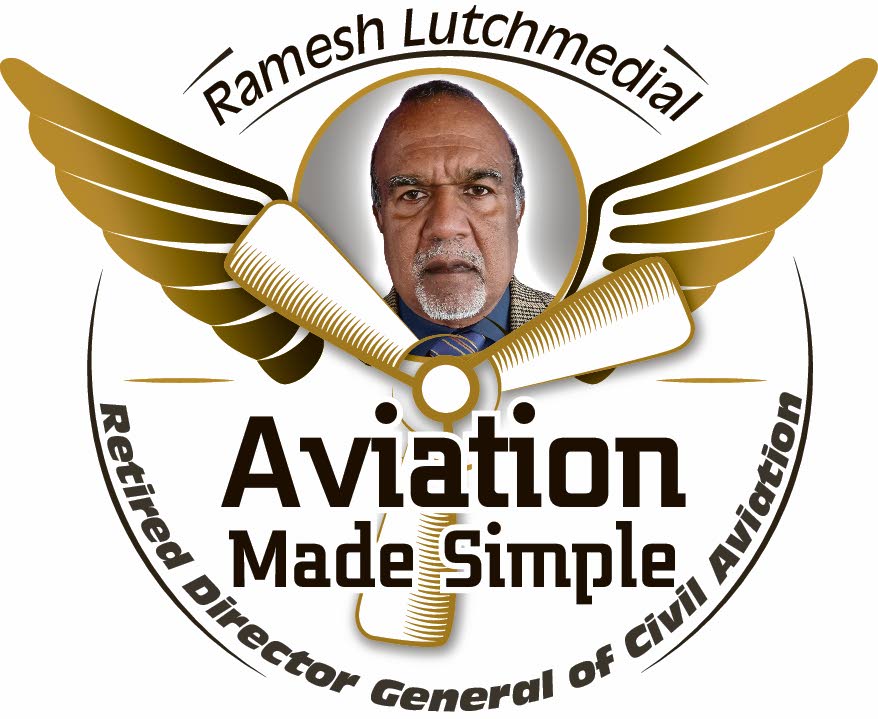Importance of aviation meteorology

Meteorology is a critical link in the aviation safety chain. Pilots must be aware of the weather forecast along their proposed route to be able to avoid any conditions that can adversely affect safety.
Even more importantly, pilots must have real-time weather data for airports and their environs, such as wind speed, wind direction, atmospheric pressure, temperature, humidity and cloud activity prior to landing or takeoff.
During the first powered flight by the Wright Brothers on December 17, 1903, Wilbur held a fluttering flag on a pole before Orville took off, to determine the approximate direction and speed of the wind.
During the Chicago Aviation Conference in November 1944, it was agreed that all ICAO member countries would maintain a meteorological service in order to provide aircraft operators and airports with information on the atmospheric conditions necessary for safe flights.
The World Meteorological Organization (WMO) is a UN agency that technically assists ICAO in the development of specific meteorological standards and procedures for aviation.
Today, aviation meteorology contributes significantly to the global safety, economy and efficiency of air transport. Before the grant of their licences, all pilots, dispatchers and air traffic controllers must undergo mandatory training in aviation meteorology.
In accordance with the meteorological standards established by the WMO and ICAO, the TT Meteorological Services (TTMS) division of the Ministry of Public Utilities must provide real-time meteorological data to the TT Civil Aviation Authority (TTCAA), as an air navigation services provider (ANSP) with the responsibility for providing air-navigation services, including meteorological services, in the Piarco flight information region (FIR), which is a large oceanic area – approximately 750,000 square miles.
The meteorological services in TT evolved from the post-World War II years, when the air ministry of the British government established a forecasting office in 1946. In 1951, it became part of the British Caribbean meteorological services, with control residing with the TT government. In the period 1958-1962, during the West Indian Federation, it formed part of the West Indies meteorological services.
In 1963, after the dissolution of the federation, it became the TT meteorological services. The current regional English-speaking umbrella meteorological services grouping carries the name Caribbean Meteorological Organization (CMO), with headquarters in TT.
Like other operational areas of aviation, meteorology resides in a rapidly changing technological environment. Therefore, to provide accurate and real-time meteorological data on a consistent basis, the TTMS requires adequate resources such as highly trained personnel, a modern facility and state-of-the-art equipment such as Doppler radars with an integrated windshear detection system, and satellite links for voice and data communication.
On August 2, 1985, 126 passengers died and 25 others were injured when a Lockheed L-1011 TriStar encountered windshear due to microburst while on approach to Dallas/Fort Worth airport. The aircraft hit the ground over a mile short of the runway, and broke up into several sections. The US NTSB determined that the crash resulted from the flight crew's decision to fly through a thunderstorm.
To mitigate the effects of windshear, it is mandatory for all commercial aircraft to be equipped with a weather radar and a wind-shear detection system to avoid thunderstorms.
The cost of providing meteorological services for aviation should not be borne solely by TT taxpayers. Airlines must pay a part of the cost for meteorological services using an agreed formula. In its publication Guide to Aeronautical Meteorological Services Cost Recovery, the WMO advocates that all services have a cost and it is the responsibility of the meteorological authority to take appropriate cost-recovery measures.
In accordance with ICAO Doc 9082 – ICAO’s Policies on Charges for Airports and Air Navigation Service, the basic philosophy and principles used in the determination and sharing of air-navigation user charges are fairness and equity.
Appendix A2-2 of ICAO Doc 9082 says meteorological services are part of the air-navigation services provided to airlines and the costs of all meteorological services provided to civil aviation should, where appropriate, be allocated between air-traffic services provided for airports and air-traffic services provided enroute.
In 2005, the TTCAA implemented a system of user charges for all airlines using the Piarco FIR and for which the TTCAA provides air-navigation services. The user charges are among the lowest in the world, and have remained unchanged for over 17 years.
With the revenues generated by the user charges, the TTCAA was able to fully fund all its capital projects, including the construction of a world-class aviation complex with state-of-the-art communication, navigation and surveillance equipment. The TTCAA also utilised the user charges to meet recurrent expenditures.
The TTMS should immediately, as a matter of urgency, engage the TTCAA in discussions for the cost recovery of meteorological services, which is a component of the user charges imposed on the airlines that operate in the Piarco FIR. This will generate revenue for the much-needed upgrade of the TTMS.
There must be a fair and equitable sharing of the air-navigation services cost recovery pie.


Comments
"Importance of aviation meteorology"